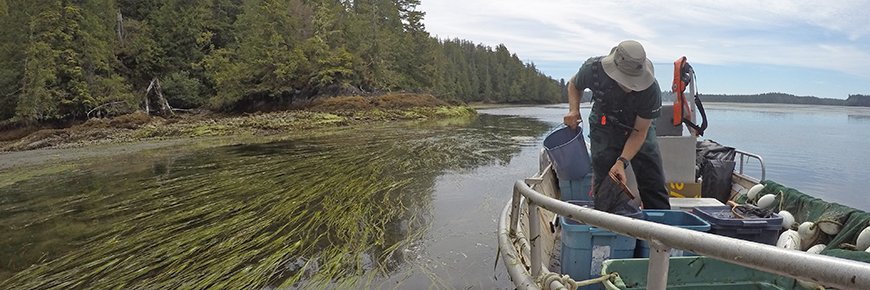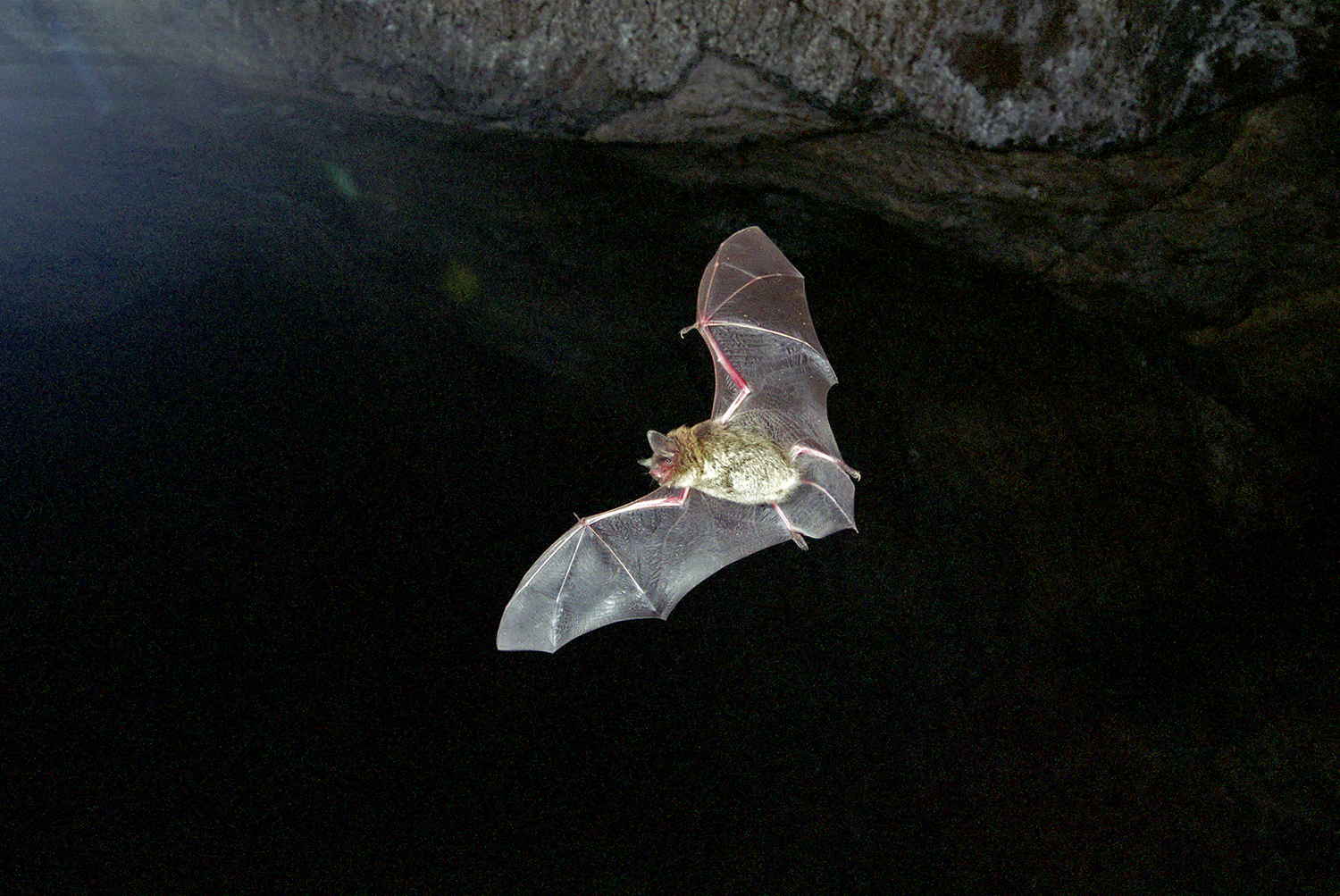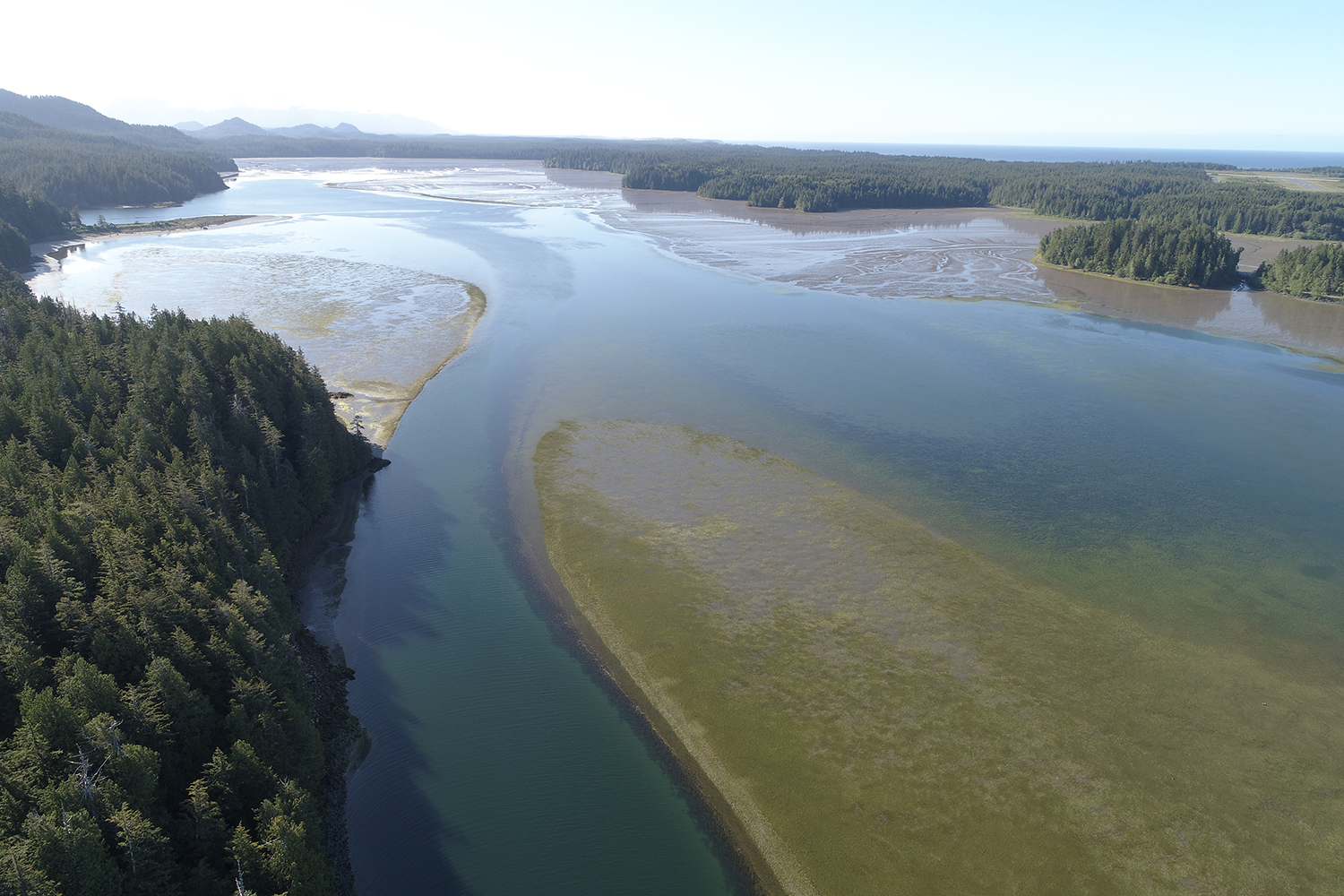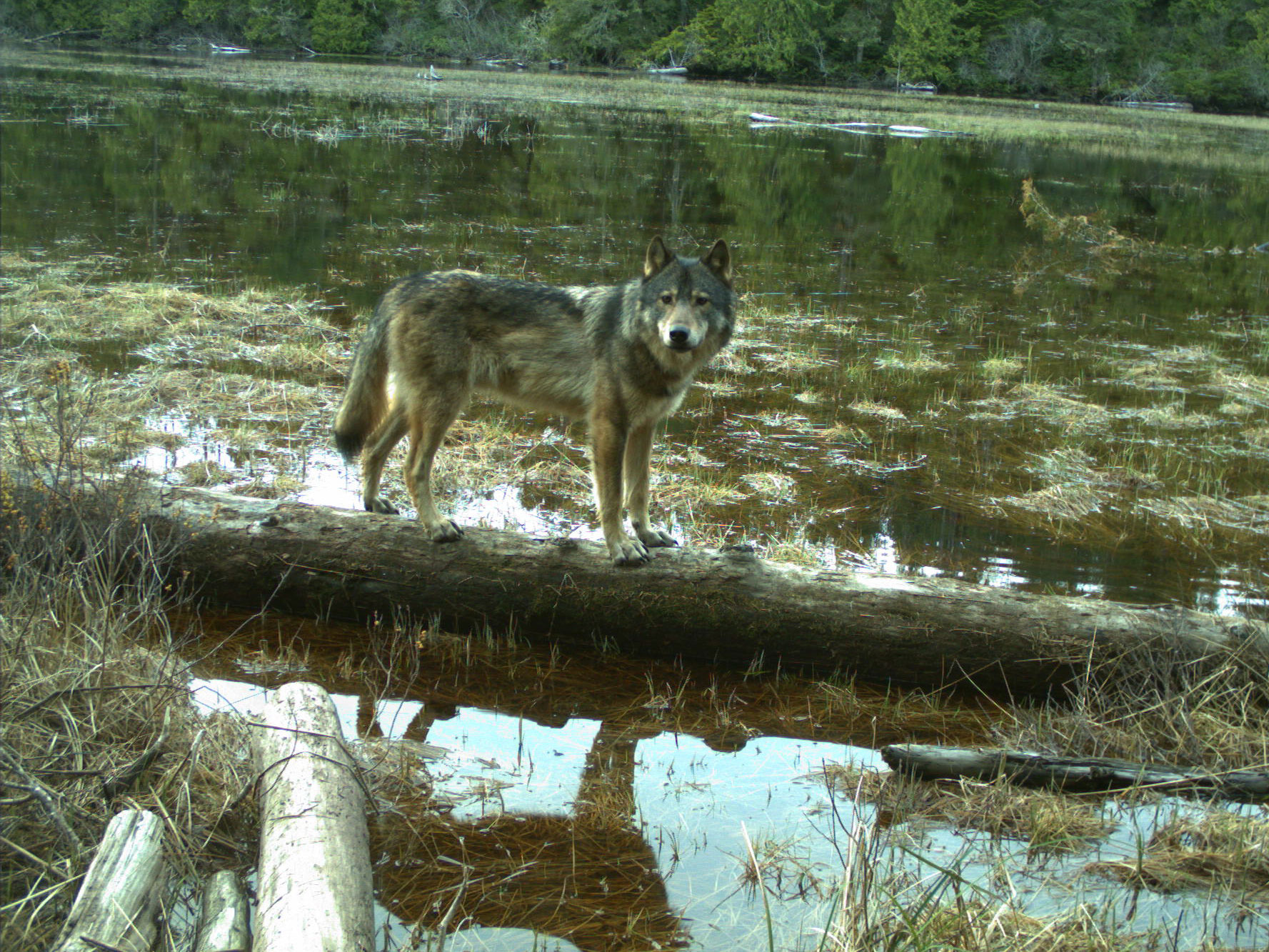
Research and monitoring
Pacific Rim National Park Reserve
Bats | Eelgrass meadows | Migratory shorebirds | Wild About Wolves research project | Southern Resident Killer Whale research project
Overview
Parks Canada monitors the health of key ecosystems within Pacific Rim National Park Reserve on an annual basis. The results of this monitoring work can alert Parks Canada to stressors on sensitive habitats and prompt further steps to protect these areas.
Pacific Rim National Park Reserve also collaborates with a wide range of universities, researchers, and non-governmental organizations to conduct research and undertake management actions.
Monitoring and actively protecting the natural heritage of this protected place helps Parks Canada ensure that Pacific Rim National Park Reserve’s ecological integrity is maintained for generations to come.
Bats
Learn more
Eelgrass meadows
Learn more
Migratory shorebirds
Learn more
Wild About Wolves research project
Learn more
Southern Resident Killer Whale research project
Learn more
- Date modified :




